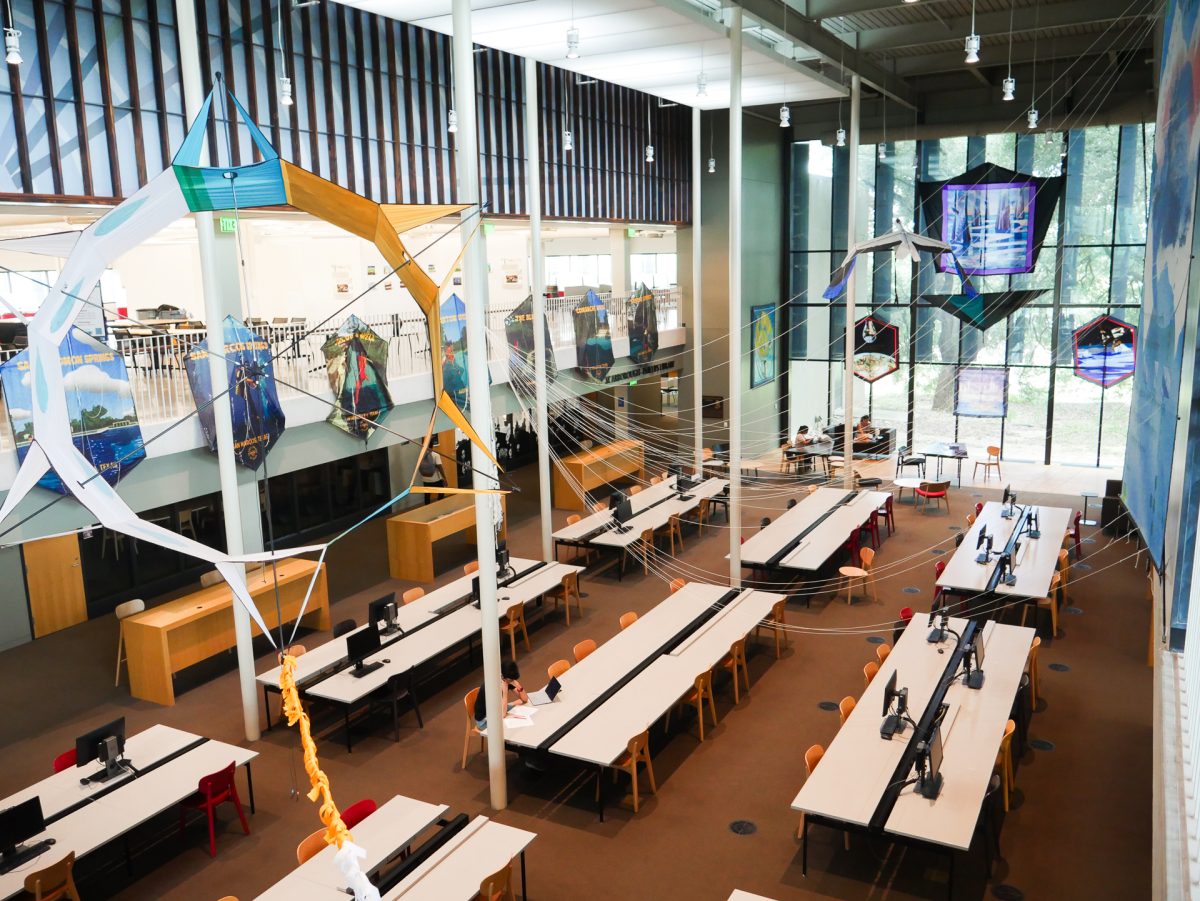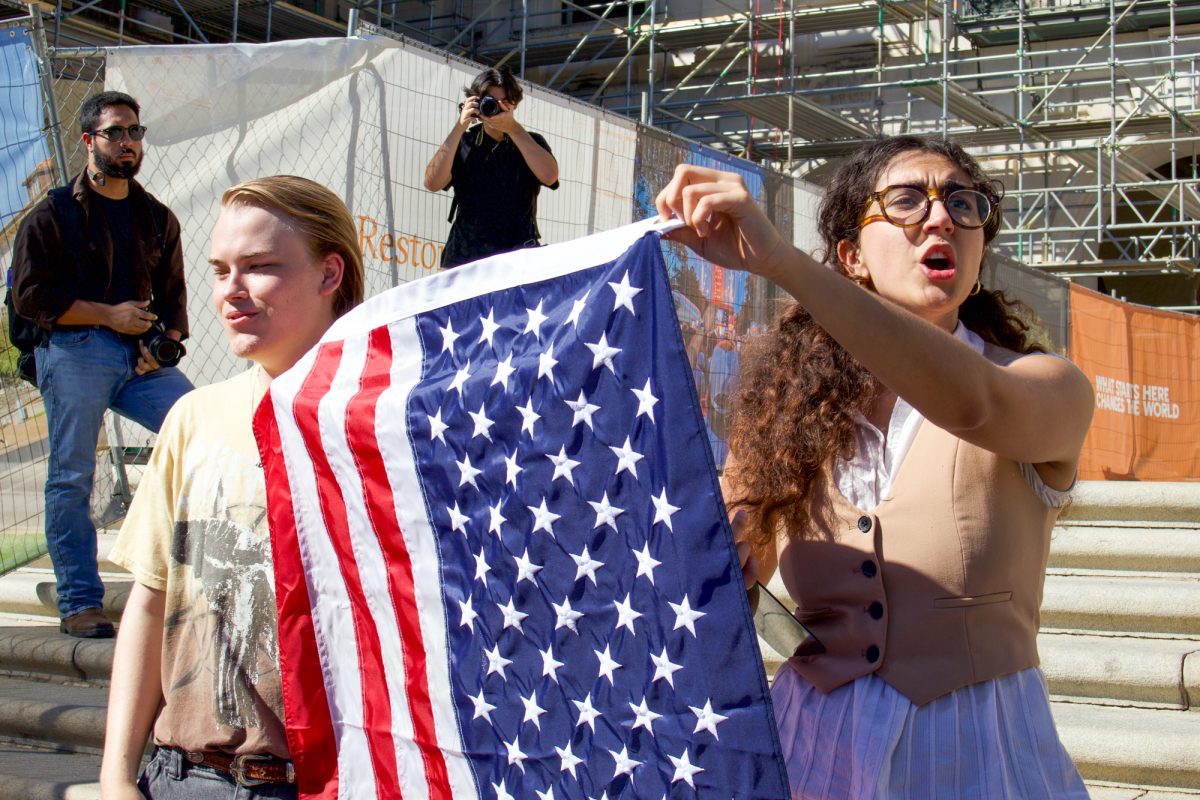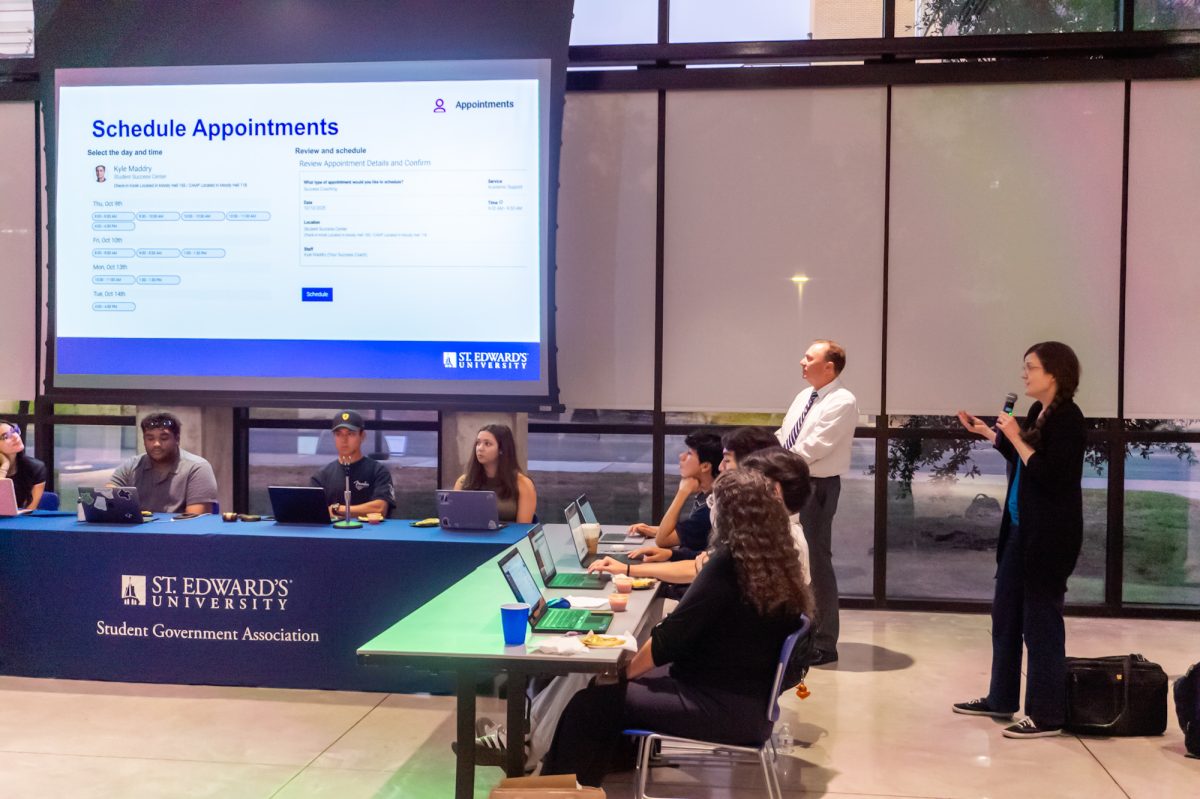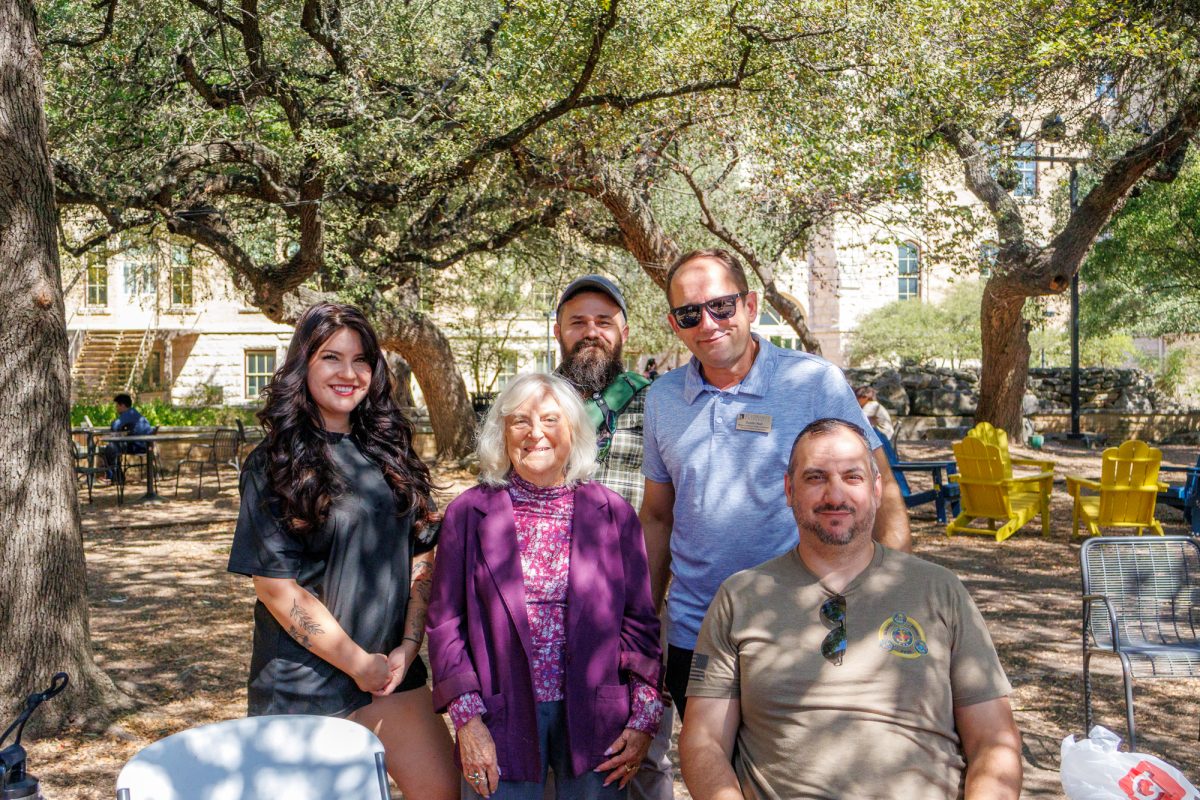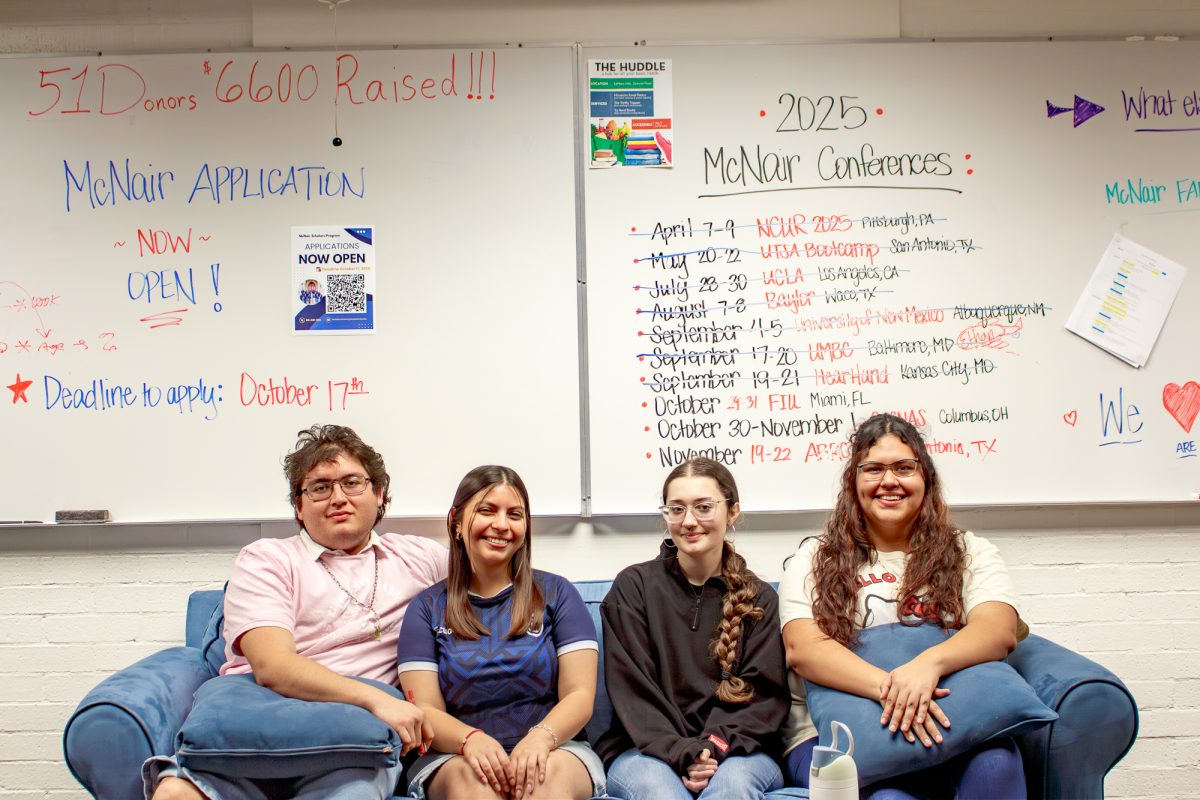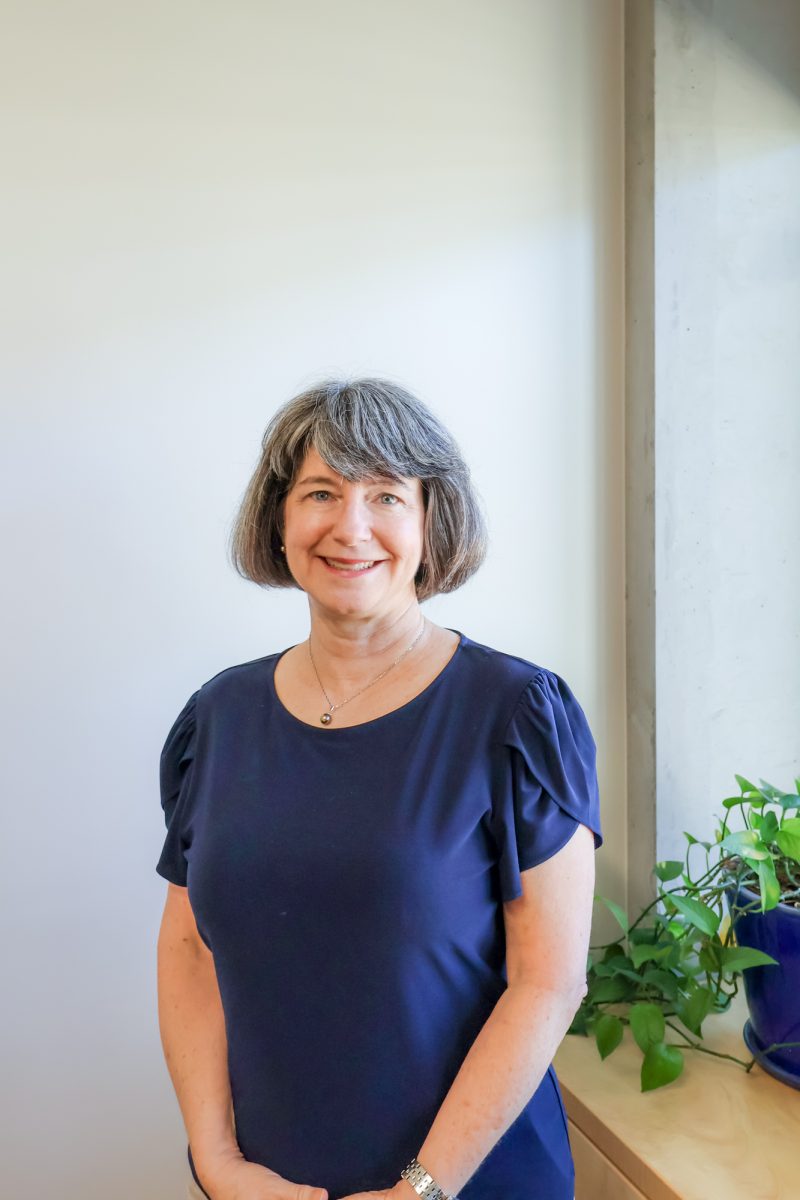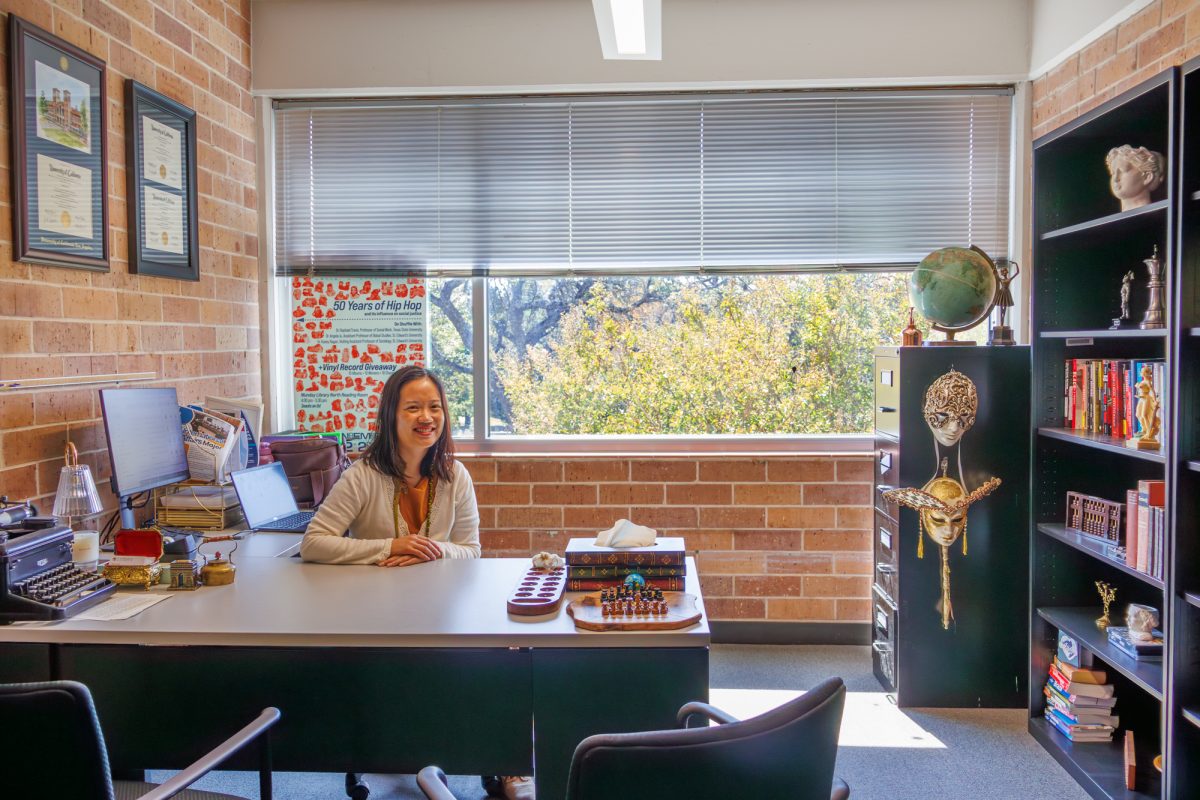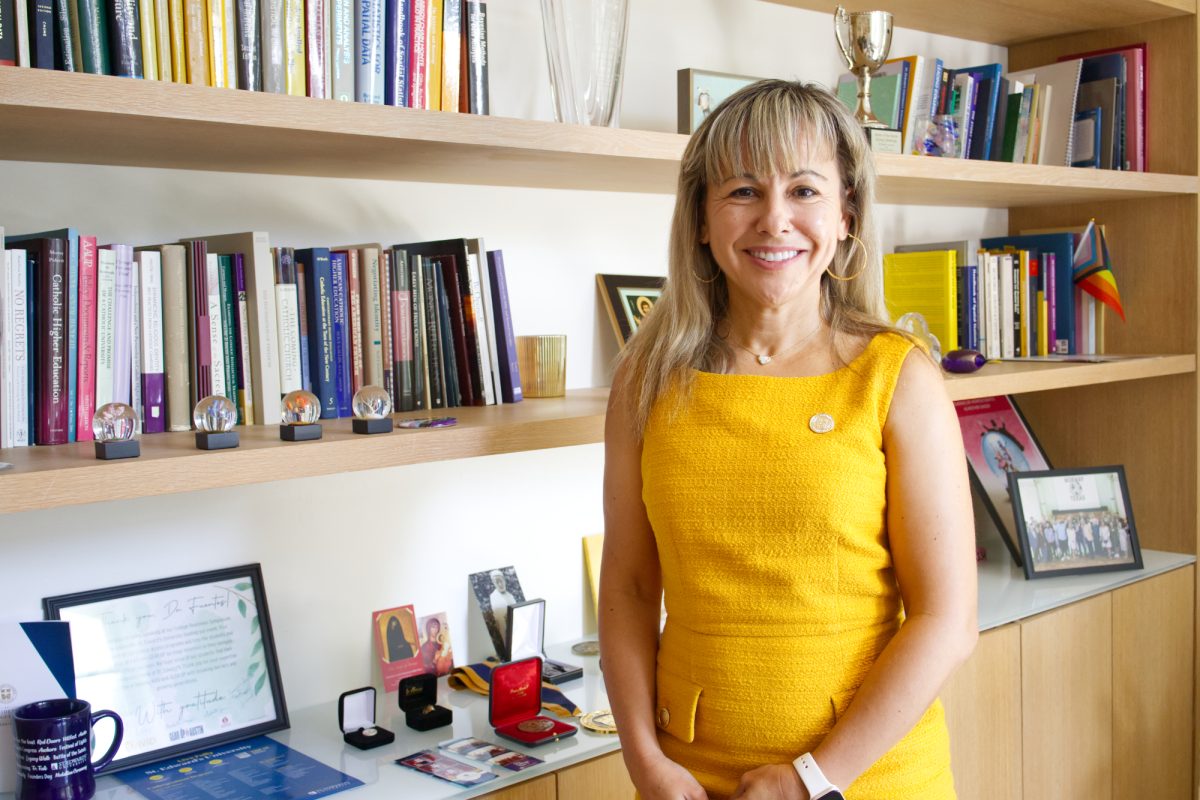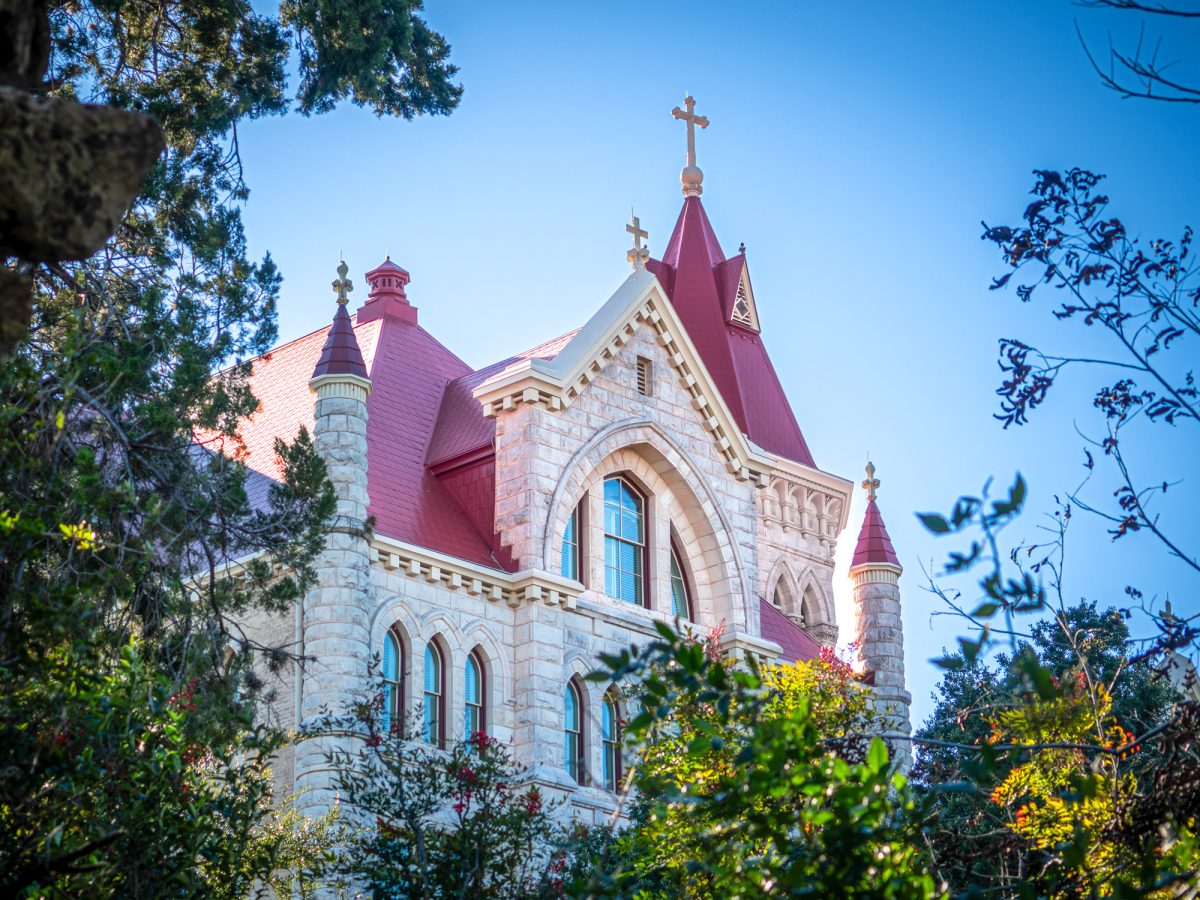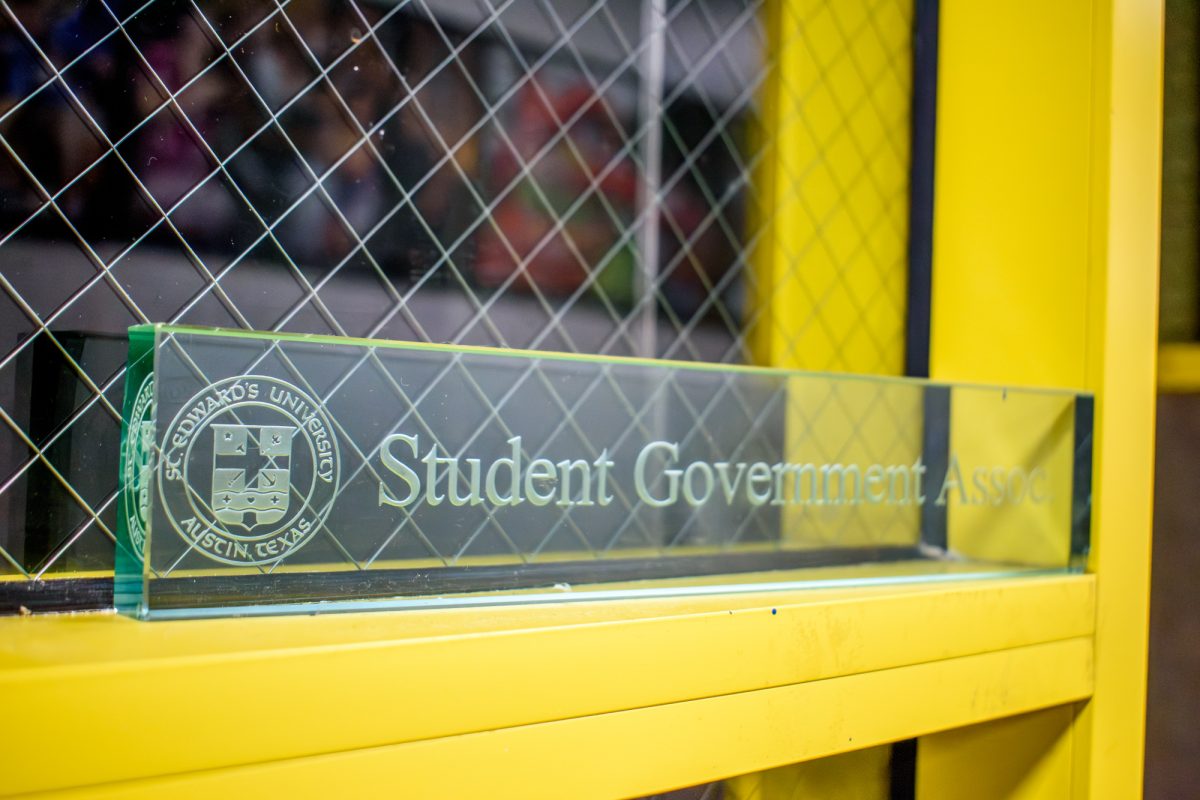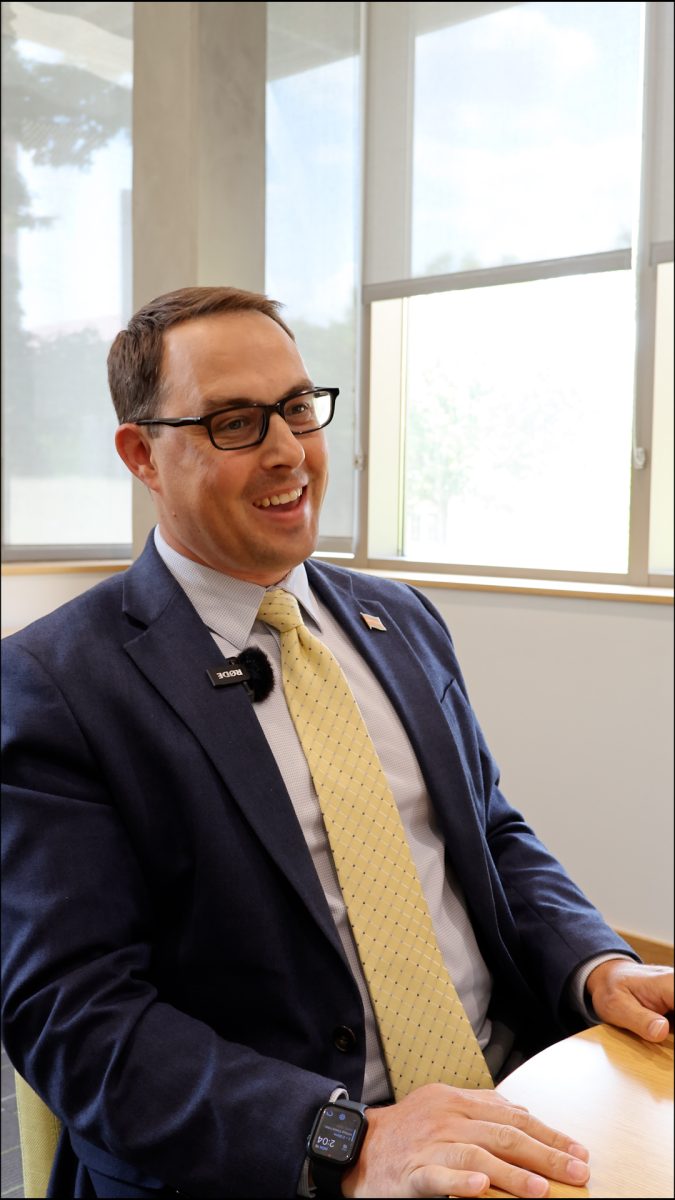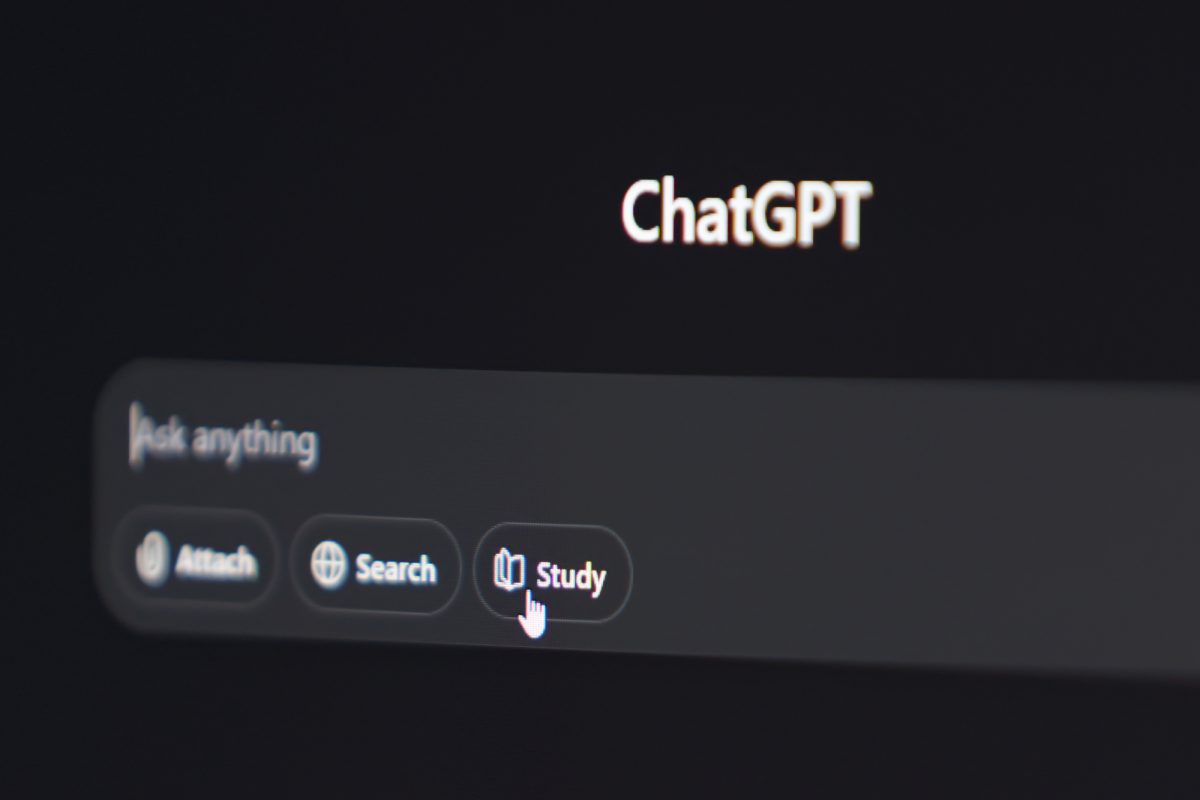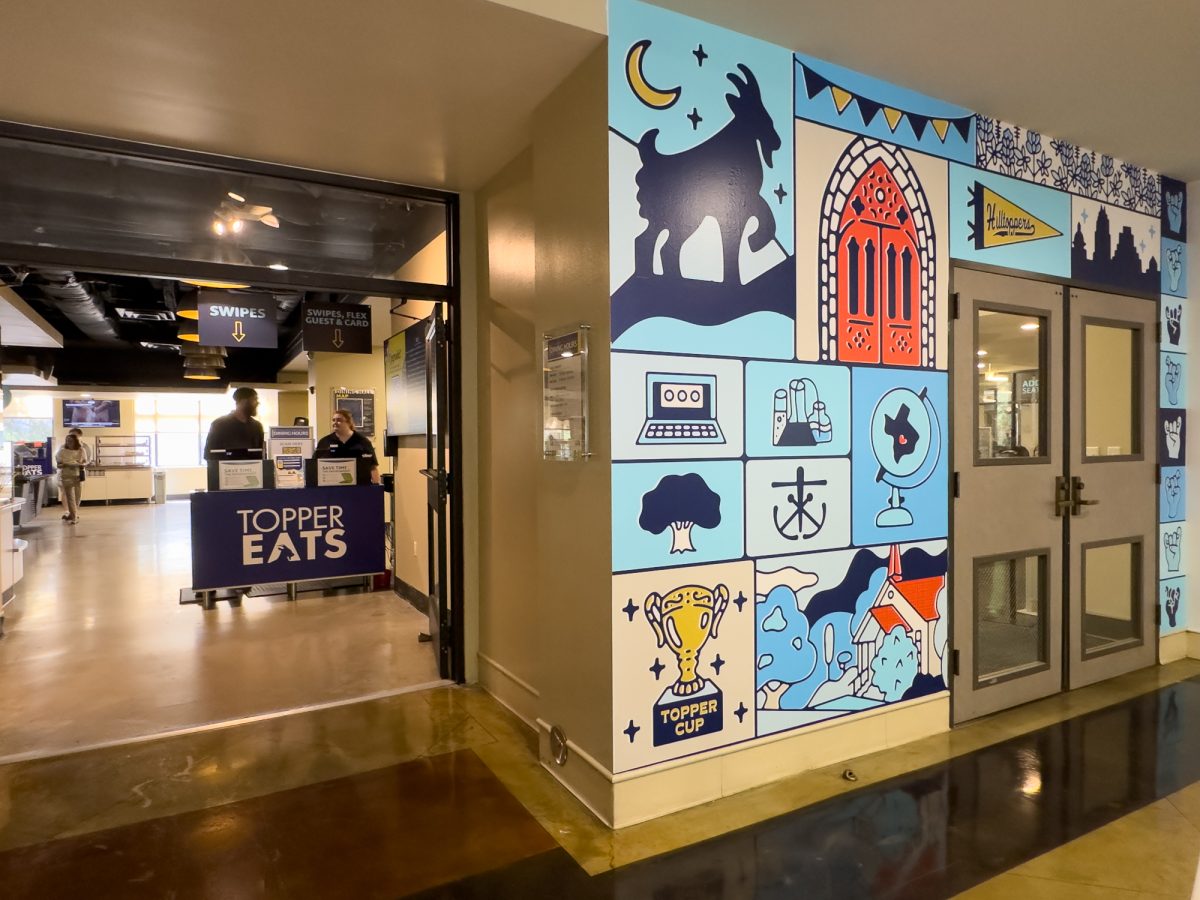Since 2020, Munday Library has had an exclusively online collection of databases and resources, but this could all be changing in the next couple years due to a demand for physical books. Students, faculty and staff have all demanded that books be brought back to campus over the years, but it’s now becoming a reality.
“It is true,” Casey Gibbs, director of Munday Library, said. “You’re hearing it from me.”
Last year, President Montserrat Fuentes, tasked Provost Marianne Ward-Peradoza, and then Vice President of Institutional Effectiveness and Technology, Alicia Betsinger, to co-chair a 12-person strong task force charged with taking a look at the library to see how they can explore ways to bring back books and further engage students. They looked at peer universities’ libraries and conducted internal surveys trying to understand the needs and wants for the library.
“The two key things that we heard were what students and faculty both wanted was physical books back in the building,” Gibbs said. “That’s not a great surprise to us. We’ve known that for a long time. And from students, we also conspicuously heard that they really enjoyed using the library as a study space.”
However, there are a few logistics that need to be worked out to make the library dreams come true. One question is, where are all of the books going to go? The plan as of now, is to remove desks from the first floor common space to install bookshelves and new study furniture. Students tend to use the study rooms and private areas more often than other spaces in the library so expanding them means more people coming to the library.
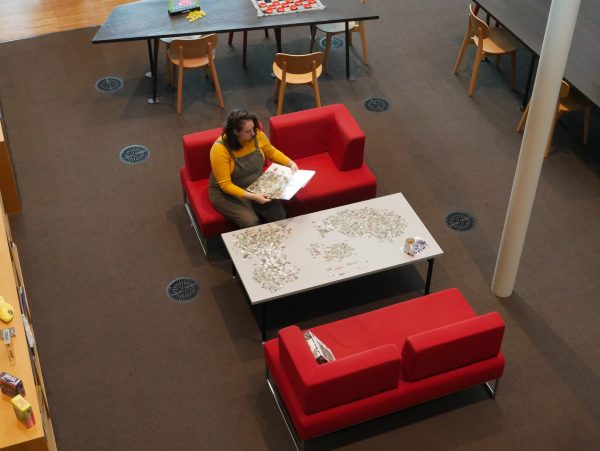
Another concern of the task force is deciding which books will come back to the library. The task force took a look at where there could be gaps in the online inventory.
These gaps mainly centered on books made for teaching and learning that don’t work well in an online library.
“There are things that don’t translate beautifully to electronic collections, things that are not available in the first place electronically, or things that you really need to spend time interacting with as a physical object — large books and art books are really good examples of this,” Gibbs said.
Though most students seem excited about this new change, some are skeptical about if the books will actually make a difference in their library diets.
“I don’t know if people would really use (physical books) as a resource, I think everyone uses textbooks online nowadays,” junior Ariana Marrero said, “If fictional books came back, like comic books, yearbooks or photo albums, I could see people reading those.”
This process will take some time and many adjustments as the library gets back into the groove of things with physical books. The project is looking at a 2024-2025 academic year timeline to get books back on shelves for students to utilize.
“There are a lot of variables here,” Gibbs said. “One of them has to do with when we can choose bookshelves and get them approved and go through the various layers of approval processes that we have to go through to get those actually ordered, purchased and installed. Since we’re focusing on teaching and learning—we need to work with faculty to figure out the things that are most urgently needed.”
Gibbs is optimistic that by Spring 2025 the library will begin setting up collection displays with physical books on them along with some new study furniture.

